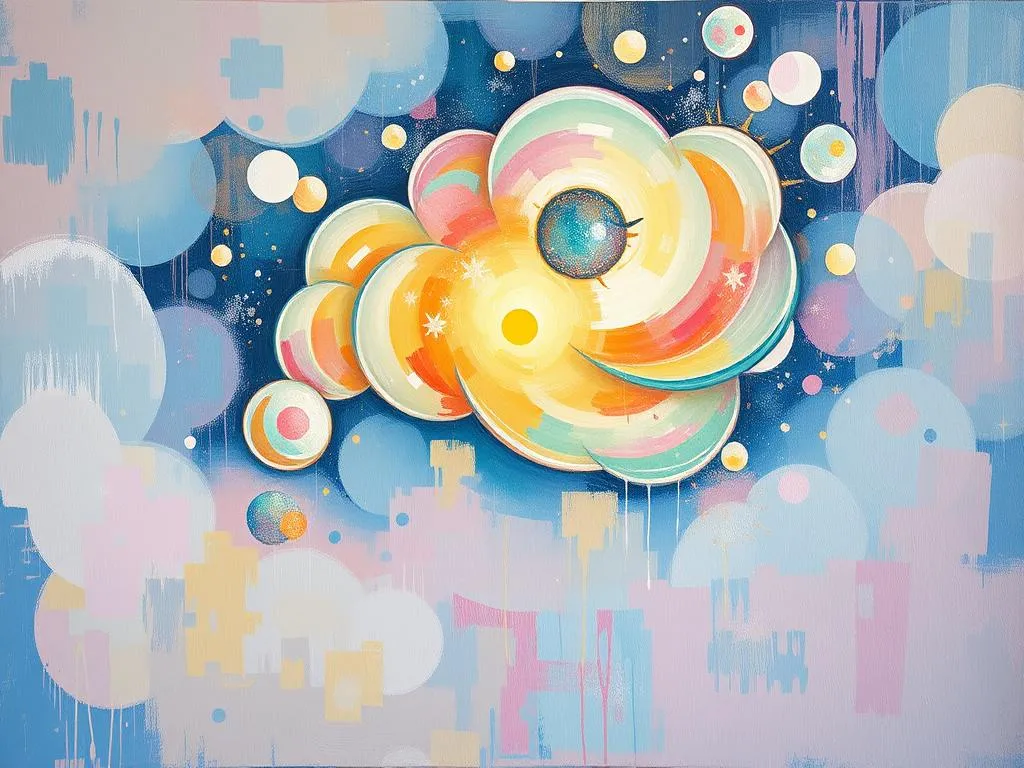
Introduction
Dreams have long captivated the human imagination, serving as windows into our subconscious minds. They act as a bridge between our waking experiences and the deeper layers of our thoughts and emotions. The relevance of dream interpretation lies in its potential to unveil hidden truths about ourselves, our fears, aspirations, and unresolved conflicts. The act of dreaming is not merely a random firing of neurons; instead, it is a rich tapestry of symbolism and meaning that can provide profound insights into our lives. Understanding the symbols and themes that emerge in our dreams can lead us toward personal growth and self-discovery. In this exploration, we will delve into the nuances of dream symbolism, examine key scenarios that might arise, and connect these dreams to our real-life experiences.
Symbolism and Meaning
Dreams are laden with symbols that often reflect our inner thoughts and feelings. The meanings of these symbols can vary significantly based on personal experiences, cultural backgrounds, and emotional states. One of the most common symbols encountered in dreams is water. Water often represents emotions, intuition, and the subconscious. A calm, serene body of water might indicate emotional stability, while turbulent waters could signify inner turmoil or unresolved issues.
Another prevalent symbol is flying. The act of flying in a dream is typically associated with freedom and liberation. It can suggest a desire to rise above challenges or escape from constraints. However, flying can also evoke feelings of anxiety, representing a fear of losing control or being overwhelmed by life’s demands.
Doors are also significant symbols in dreams. They can represent new opportunities, transitions, or decisions that lie ahead. A closed door might indicate missed chances or feelings of being trapped, while an open door often symbolizes new paths and possibilities waiting to be explored.
Moreover, the presence of animals in dreams can carry unique meanings. For instance, a snake often symbolizes transformation or hidden fears. In contrast, a bird might signify freedom or a desire to escape from a situation. Each animal carries its own set of connotations and can reflect aspects of our personalities or life circumstances.
These symbols can be interpreted through various lenses—psychological, cultural, or spiritual. From a psychological perspective, symbols can be seen as representations of our unconscious mind, revealing aspects of ourselves that we might not be fully aware of. Culturally, symbols can take on different meanings depending on societal beliefs and values. Thus, it is essential to consider personal context when deciphering dream symbols.
Key Scenarios and Variations
The scenarios that manifest in our dreams can greatly influence their interpretation. For example, dreaming of losing teeth is a common experience that often symbolizes anxiety about appearance, aging, or a loss of control. However, the specific context of the dream can alter its meaning. If you dream of losing teeth while speaking in public, it may reflect a fear of judgment or inadequacy. Conversely, if you lose teeth while engaging in a playful environment, it might symbolize a need to let go of seriousness and embrace a lighter attitude.
Another scenario to consider is being chased. This dream often signifies avoidance or a desire to escape from something in waking life, such as responsibilities or emotional issues. The identity of the pursuer can provide additional clues; for example, being chased by a monster might indicate fears that feel overwhelming, while being pursued by an ex-partner could symbolize unresolved feelings or a need to confront past relationships.
Falling is another common dream scenario, often representing feelings of insecurity or loss of control. The context plays a vital role here as well. Falling in a dream while attempting something new, such as starting a new job, might reflect fear of failure or self-doubt. However, if you feel a sense of freedom while falling, it could signify the release of burdens and a willingness to embrace change.
Dreams of being lost can evoke feelings of confusion and uncertainty. The setting of the dream—whether it be a familiar neighborhood or an unfamiliar landscape—can alter its interpretation. Being lost in a familiar place may suggest feelings of disorientation in life, while being lost in an unknown area might indicate fear of stepping into the unknown or facing new challenges.
These dream variations highlight the importance of context and personal associations. By reflecting on the specific details of your dreams, you can uncover deeper meanings that resonate with your waking life.
Real-Life Connections and Takeaways
Connecting dreams to real-life situations can be an enlightening process. The symbols and scenarios that arise in our dreams often reflect our current emotional state, unresolved conflicts, or significant life changes. To gain deeper insights, consider keeping a dream journal. Recording your dreams immediately upon waking allows you to capture the nuances and emotions associated with them. Over time, patterns may emerge, providing clarity on recurring themes in your life.
Self-reflection is key when interpreting dreams. Ask yourself questions about the feelings and events in your dream. What emotions did you experience during the dream? How did you feel upon waking? Identifying these feelings can help you connect the dream to your waking life. For instance, if you dreamt of being chased and felt intense fear, consider if there are situations in your life where you feel cornered or pressured. This recognition can provide a pathway to address those feelings constructively.
It is also beneficial to explore active imagination, a technique developed by psychologist Carl Jung, which involves engaging with dream imagery consciously. This practice allows you to interact with dream symbols in a creative way, often leading to greater understanding and resolution of inner conflicts. You might visualize yourself in the dream, asking questions to the characters or symbols present. This dialogue can reveal underlying emotions and thoughts that need to be addressed.
Additionally, consider the role of your intuition in dream interpretation. Trusting your inner voice can guide you toward understanding the messages your dreams convey. Sometimes, a dream may not have a clear or conventional meaning, and that’s perfectly okay. Allow yourself the freedom to interpret your dreams based on your unique experiences and feelings.
Lastly, remember that dreams are not merely reflections of our fears and anxieties; they can also serve as a source of inspiration and creativity. Many artists, writers, and thinkers have drawn from their dreams to create profound works of art and literature. Embracing your dreams as a source of inspiration can open doors to new ideas and perspectives in your waking life.
In conclusion, the exploration of dream symbolism provides a rich landscape for self-discovery and personal growth. By examining the symbols and scenarios that emerge in your dreams, you can uncover hidden truths and insights about your emotional landscape. The journey of interpreting dreams is an invitation to reflect on your life, embrace your innermost thoughts, and foster a deeper understanding of yourself. As you delve into this fascinating realm, remember to remain open-minded and curious, allowing the wisdom of your dreams to guide you on your path of self-exploration.







